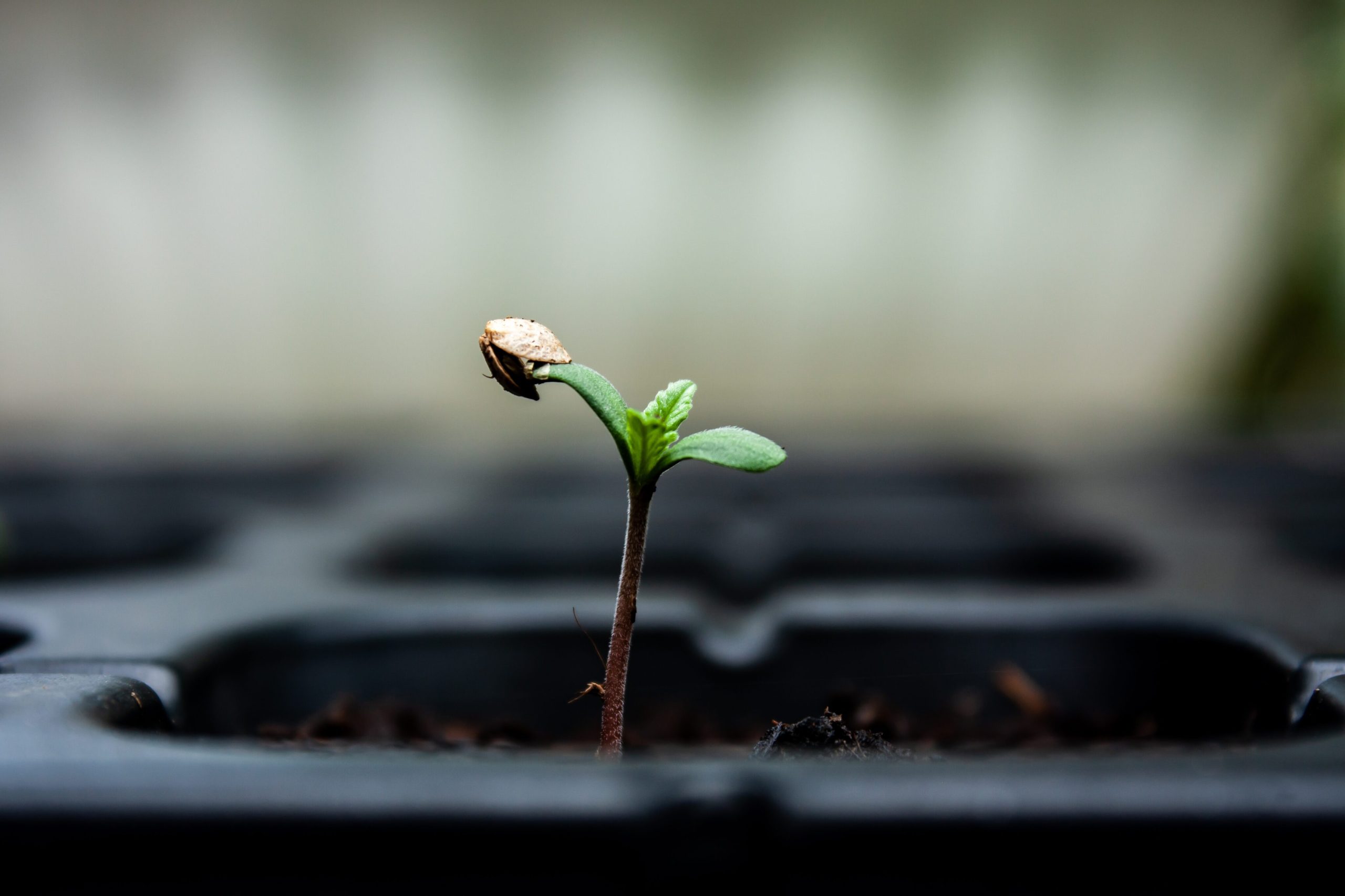Spring is the season of rebirth, and it's always a fun time to plant the seeds for the beginning of a journey that ends with fresh vegetables, fruit, herbs, or even flowers like cannabis. In certain parts of the world, such as California, spring planting season arrives early. This is both a blessing and a curse, as some equatorial locations may require supplemental lighting to prevent plants from flowering too early. Cannabis is photosensitive and some varieties start flowering when daylight hours change, so you may have plants that start flowering in April and May, and by September or October the plants are stunted and dwarfed. may become. Even worse, the plant may die prematurely, producing little or no buds and resulting in immature trichomes that are low in THC.
To reach the full potential of your plants, early spring is advantageous as it allows for a longer growing period. This long nutrient cycle promotes a wide root zone and hardy, bushy plants. The key to success is multiple transplants or repotting. Gradually increasing the size of the container in which the plant grows will also force the root mass to grow, thickening the main stem and making the plant larger. Stick to simple nutrient management and use balanced, pre-mixed soil.
Two common problems that growers encounter are pests (especially caterpillars) and powdery mildew. Thankfully, there are many organic solutions to address both of these issues that are readily available, but be sure to spray early and consistently. When spraying pest control products, start after the sun begins to set, as direct sunlight on the sprayed plants can cause burns.
Now, with the advent and further development of autoflowering varieties, spring planters are faced with two choices. One option is to plant two cycles of an autoflowering crop to get a faster harvest, or you can grow the first crop of autoflowers and then plant a mature crop. crops.
Autoflowering strains are genetically bred to flower without the 12-hour photoperiod typical of cannabis plants. Initially, these plants had rather low yields and often didn't have the huge amount of flavor that you get from typical plants. Things have now changed and many growers are discovering the benefits of growing these new autoflowering varieties. This is especially true for producers who specialize in cultivation for extraction and use only fresh and frozen raw materials. These types of plants are ideal for biomass because these growers typically harvest early to preserve terpenes. However, it is only recently that autoflowering plants have become high enough to produce excellent hash and extracts.
Once you've selected your genes and figured out your daylight hours, it's time to get started. If you have a choice, start with well-tested and vetted seeds. You will get a sturdier plant and in some cases almost 20-25% more yield than mystery seeds. You really want almost 90% or more uniformity in your plants, so it's very important to look for good genetics. Companies such as Humboldt Seed Company are currently working on developing some F1 seeds that will ensure you get the most uniform crop possible.
Now it's time to get serious. The best advice is to keep things simple. Do not overfeed and be careful not to overwater. Pay close attention to the packaging of the nutrients you choose. It tells you exactly how much and how often to apply. The best way to avoid overwatering is to get into the habit of weighing your plants at different water contents. If the plant is heavy, the plant is absorbing enough water, but if the plant feels too light, it needs to be watered more thoroughly. With these tips, you're sure to reap a bountiful harvest.
This article originally appeared in the April 2024 issue of High Times Magazine.





